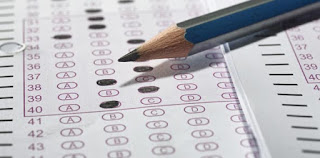A 65-year-old woman presents to the outpatient department with complaints of fatigue and shortness of breath for the past four and a half months. The patient has a past medical history of breast cancer, diabetes mellitus, and gastroesophageal reflux disease. Her breast cancer was treated with a combination of radiation and chemotherapy and is now in remission. Her other medications include ranitidine and metformin. She has never traveled outside the United States. Her blood pressure is 130/70 mmHg, the pulse is 79/min and the temperature is 98.6 F (37 C). General physical examination shows conjunctival pallor, pedal edema and a rise in jugular venous pressure following inspiration. What is the definitive management of the patient’s condition?
A. Cardiac transplant
B. Myomectomy
C. Pericardiotomy
D. Pericardiectomy
Click the button below to view answer:
A. Cardiac transplant
B. Myomectomy
C. Pericardiotomy
D. Pericardiectomy
Click the button below to view answer:

Comments
Post a Comment
Drop your thoughts here, we would love to hear from you